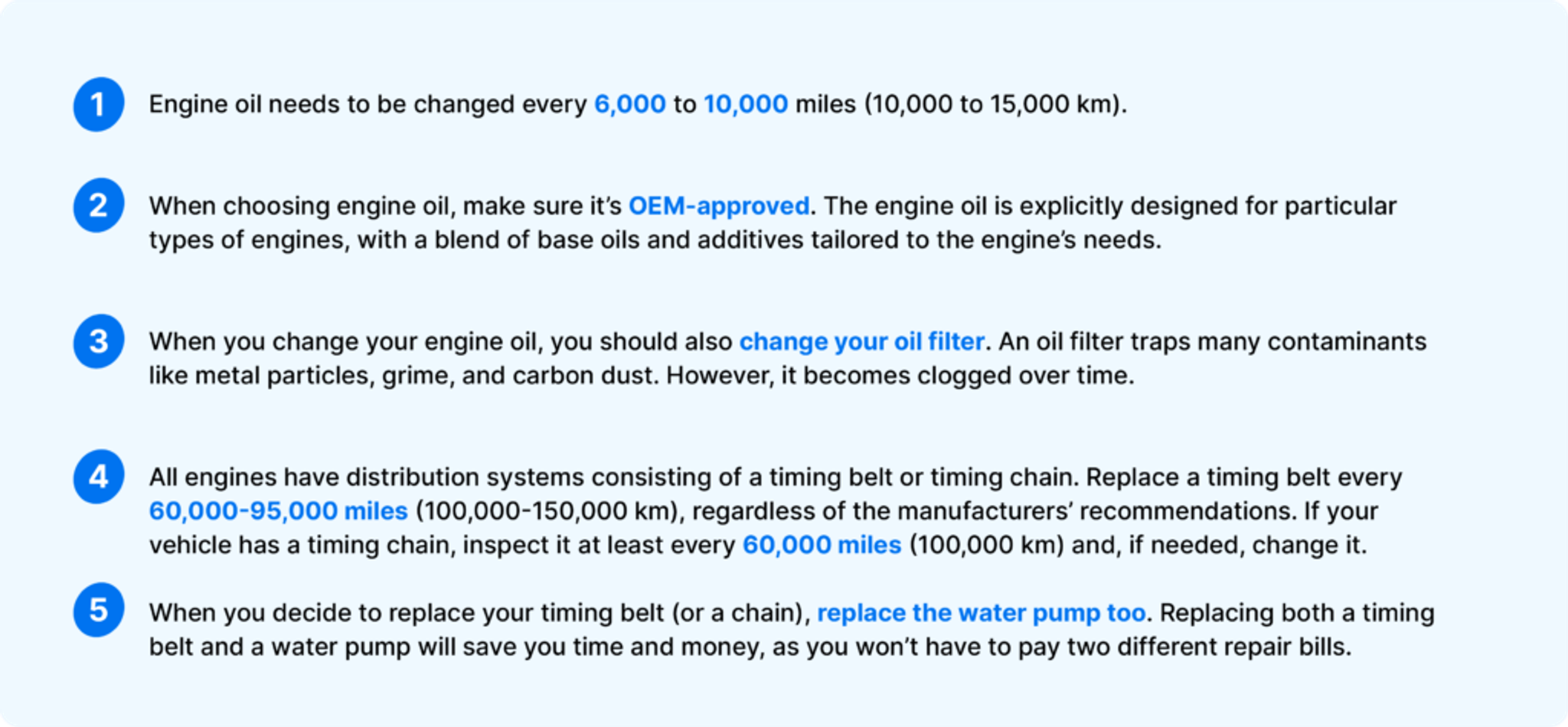2021-01-27
Top 20 worst engines ever made
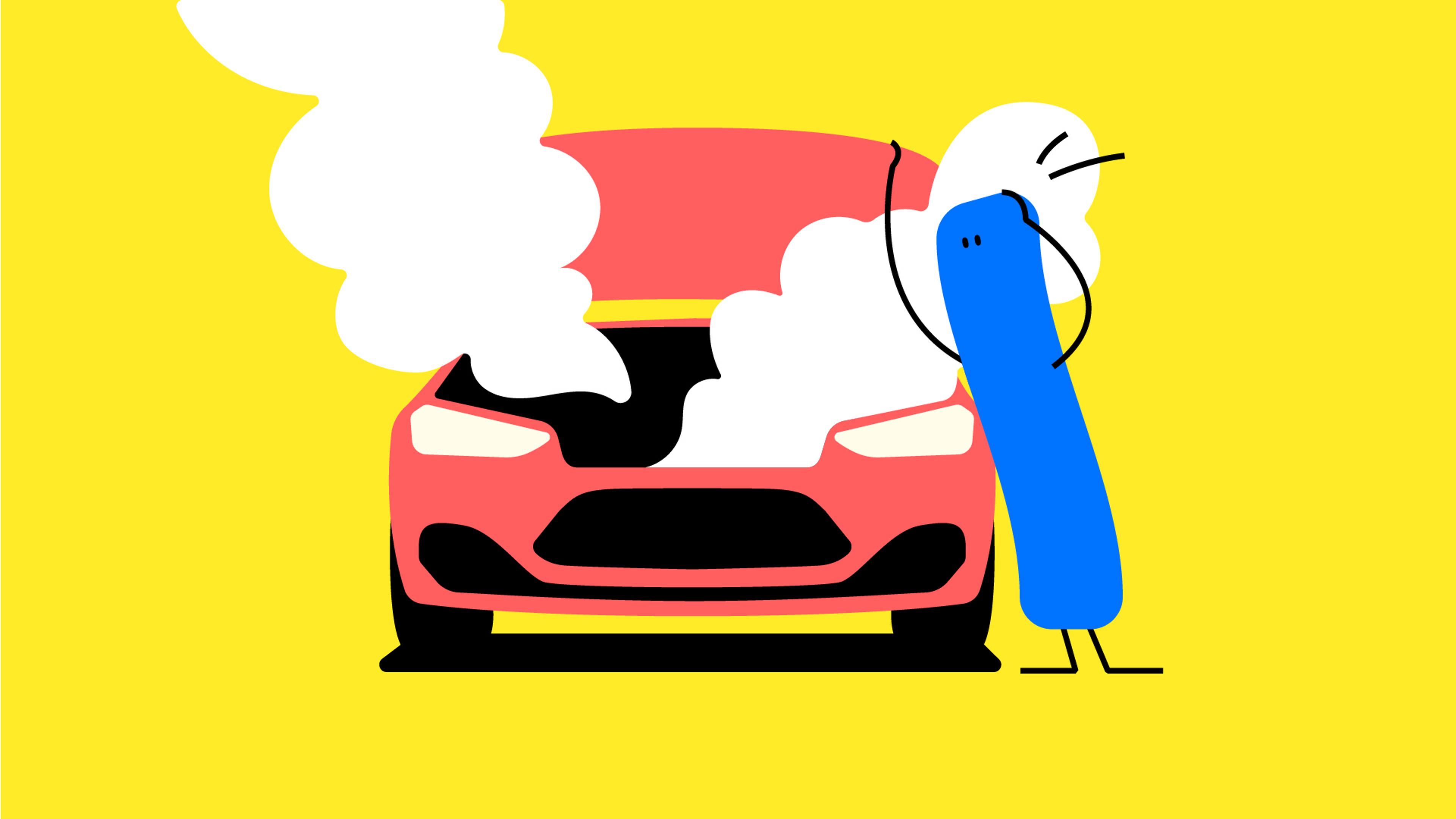
The engine is the vehicle's beating heart. Its performance and smoothness are essential factors when deciding to buy a particular vehicle.
While each engine has its unique characteristics, they will all eventually fail. The engine choice may indicate how your car ownership experience will look like: a problem-free joy or a nightmare to live with.
With thousands of engine configurations available in the market, we've compiled a list to help you avoid engines with the highest risk of failure.

Used cars have dark secrets
Enter a VIN code to learn more about any vehicle!
20. Volkswagen / Audi 2.5 TDI V6 (1997-2005)
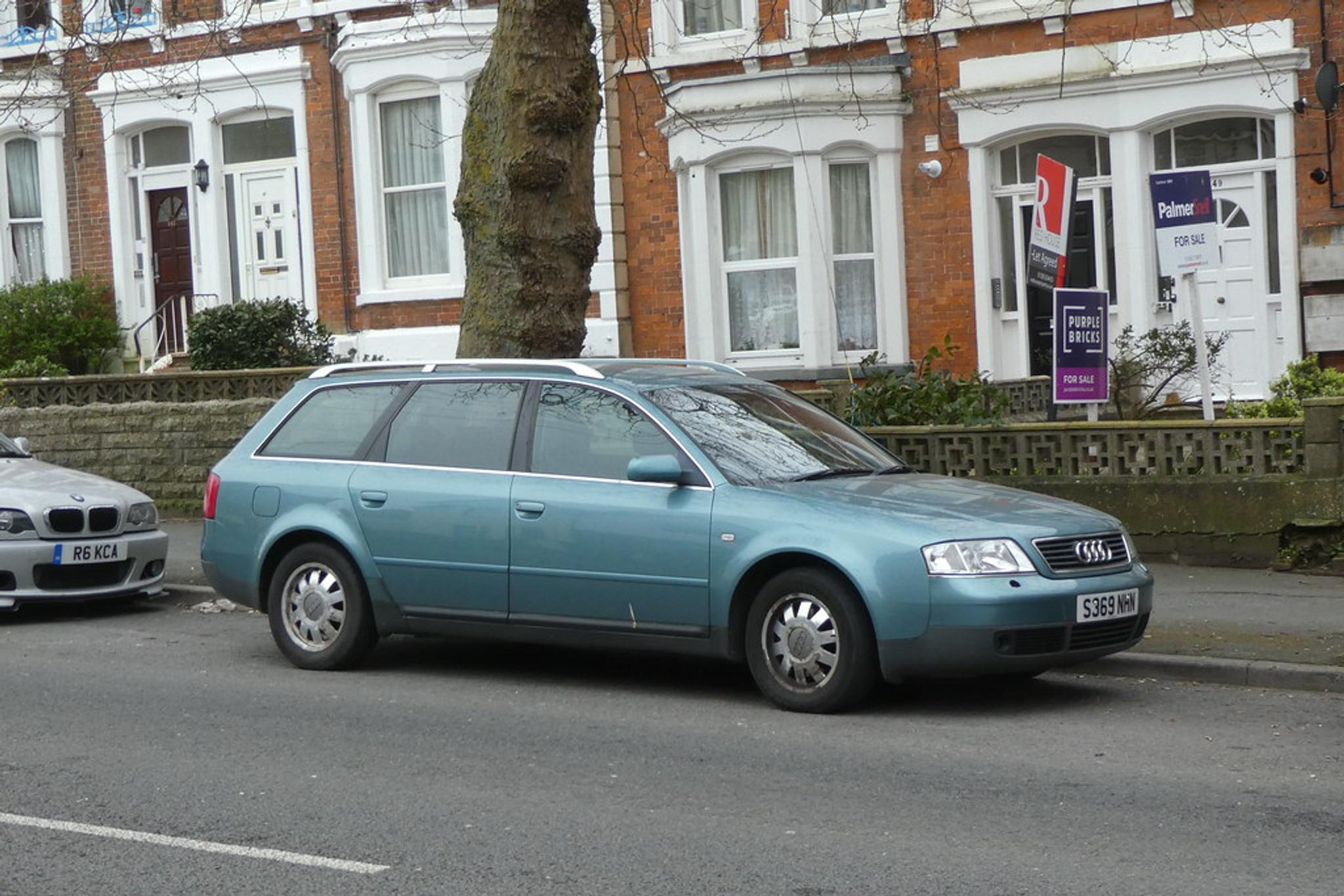
- Engine codes: AFB, AKN, AYM, BCZ, BDG, BFC, AKE, BAU, BDH
- Models fitted with this engine: Audi A4 2.5 TDI, Audi A6 (incl. Allroad) 2.5 TDI, Audi A8 2.5 TDI, Škoda Superb 2.5 V6 TDI, Volkswagen Passat 2.5 V6 TDI
This engine, widely used in the second generation of Audi A6 and an old Volkswagen Passat, provided a lot of power for its time. However, it did have flaws.
Due to the construction design of the cylinder head, the camshafts constantly suffered and used to wear out too easily.
One of the main reasons that caused this problem was an extended oil change interval. If your car is equipped with this particular 2.5 TDI V6 engine, make sure to change oil more regularly.
19. Audi/VW TFSI (1997-2004)
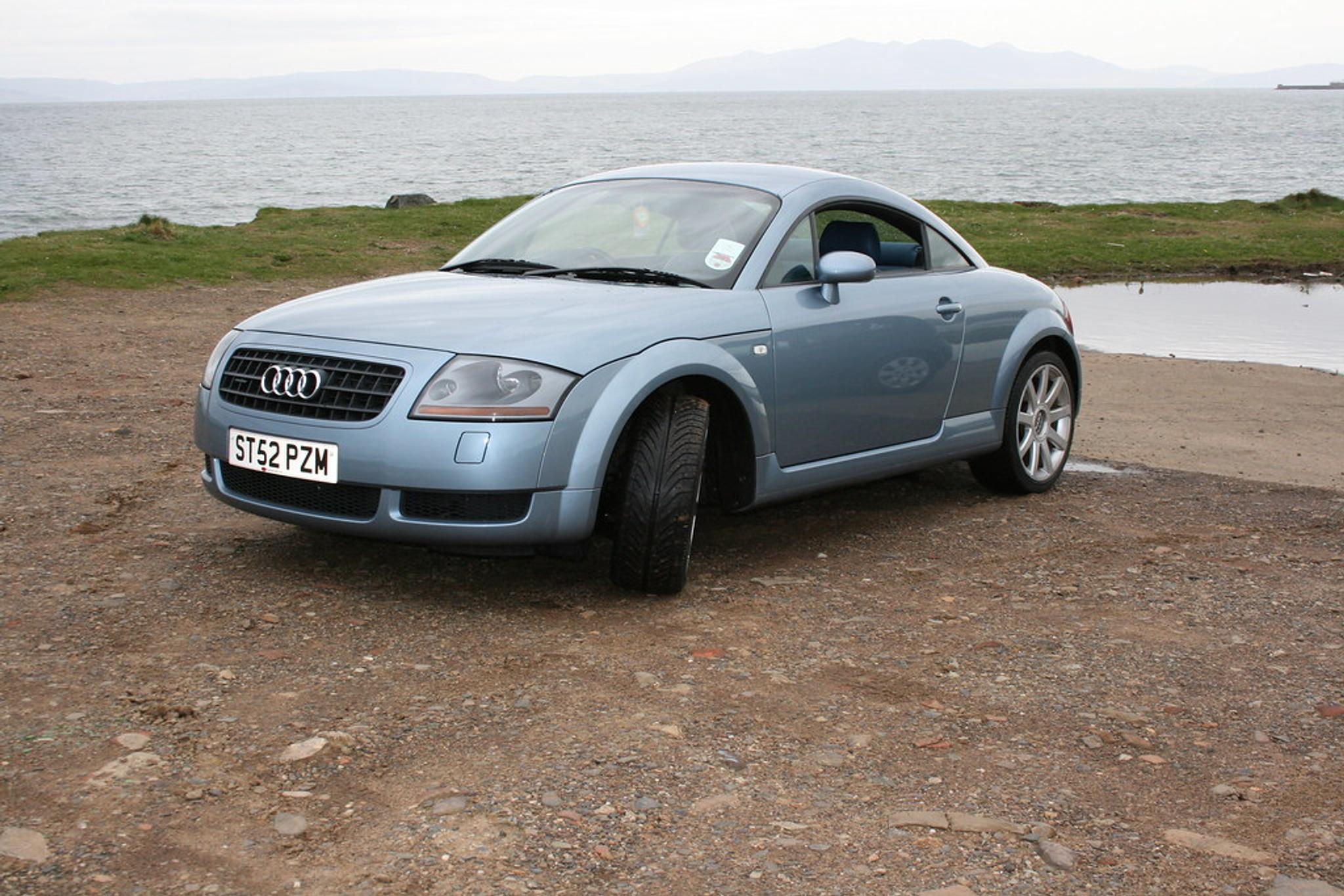
- Engine codes: EA113, EA827
- Models fitted with this engine: VW Polo GTI, VW Golf Mk4 GTI, VW Bora, VW New Beetle, VW Passat B5, VW Sagitar, VW Sharan, Audi TT Mk1 (8N), Audi A3, Audi A4, Audi A6, Škoda Octavia, Škoda Superb, SEAT Ibiza, Seat Leon, Seat Toledo
Looking for a car with a decent four-cylinder petrol engine? Make sure to skip the popular 1.8-liter turbo engine, which was developed by Volkswagen-Audi Group (VAG), and was widely used between 1997 and 2004.
The 1.8-liter turbo petrol four-cylinder engine offered great power for money, but some engineering mistakes turned it into one of the worst engines. EA113 or EA827 codenamed engines can be found in a wide range of cars from Škoda Octavia to some of the more luxurious Audi A6 and Volkswagens.
This particular engine tends to consume more oil than most similar engines. Furthermore, it’s known for the oil sludge formation issue, which is expensive to repair. The 1.8-liter turbocharged engine also has faulty coil packs. If you want to get a vehicle that is easy to live with, you need to look for a VAG car with another engine.
18. Škoda 1.2 HTP (2002-2007)
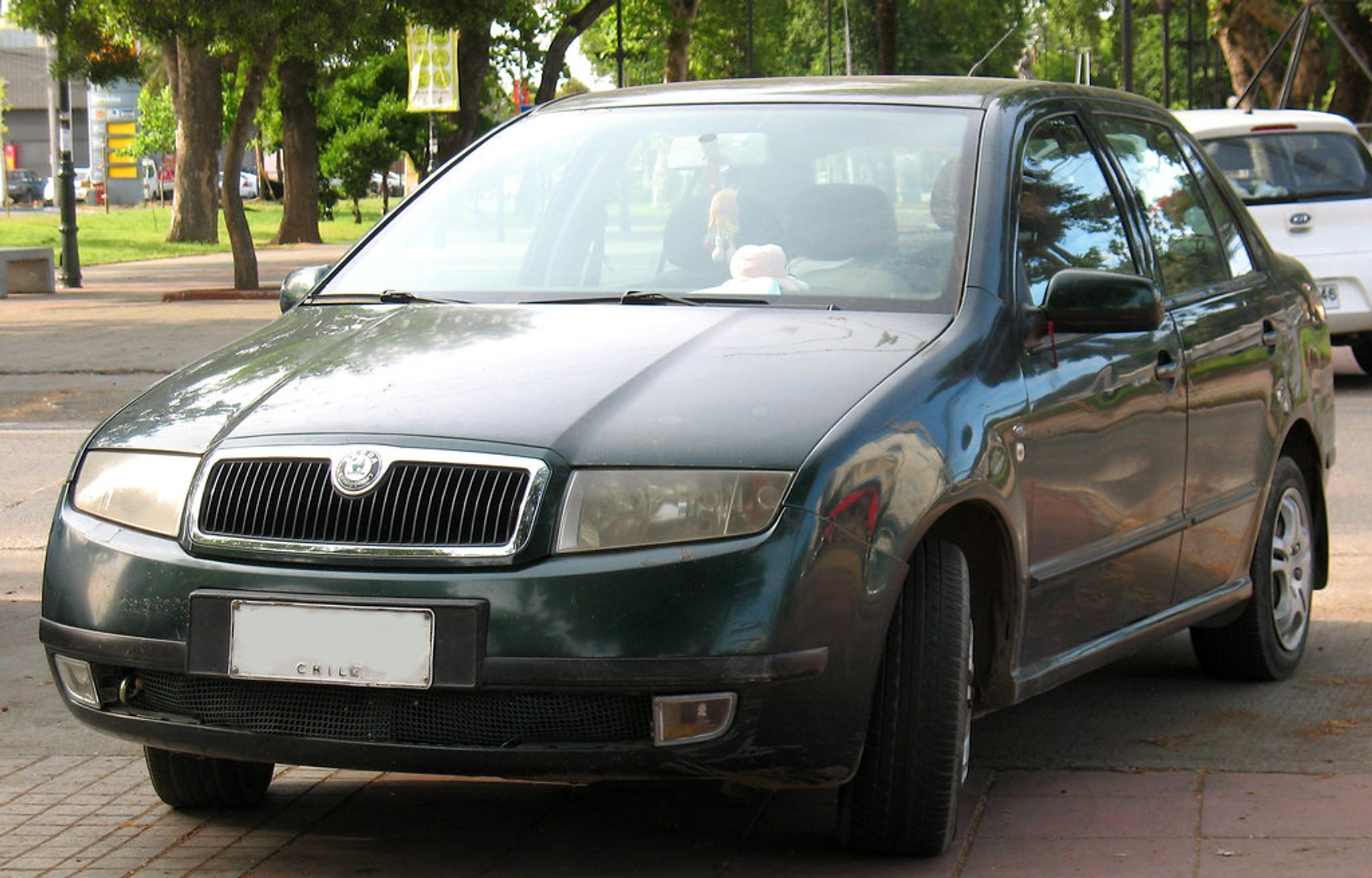
- Engine codes: AWY, BMD, AZQ, BME
- Models fitted with this engine: Škoda Fabia, Seat Ibiza, Volkswagen Polo
The Škoda-designed 1.2-liter HTP engine may be useful for compact cars. However, it’s best to walk away from a car with this particular motor due to its technical problems.
The engine’s timing system has a weak hydraulic tensioner that easily lets the chain jump a tooth or a few, even when the car is standing still on a sloping surface. These engines are also known for consuming oil and fuel and – wait for it – valves.
These failures can be avoided by using the parking brake (handbrake) every single time you stop the car, turning off the engine, and leaving the car in gear.
VW Group tried to recover from this failure by launching a big redesign project and a highly refreshed Euro V standard version. New chains and tensioners were used to fix the problem. However, these particular motors had problematic throttle butterfly valves and faulty EGR valves as well.
They didn’t like being driven very hard, which often resulted in burnt valves.
17. Subaru 2.0D (2008-2020)
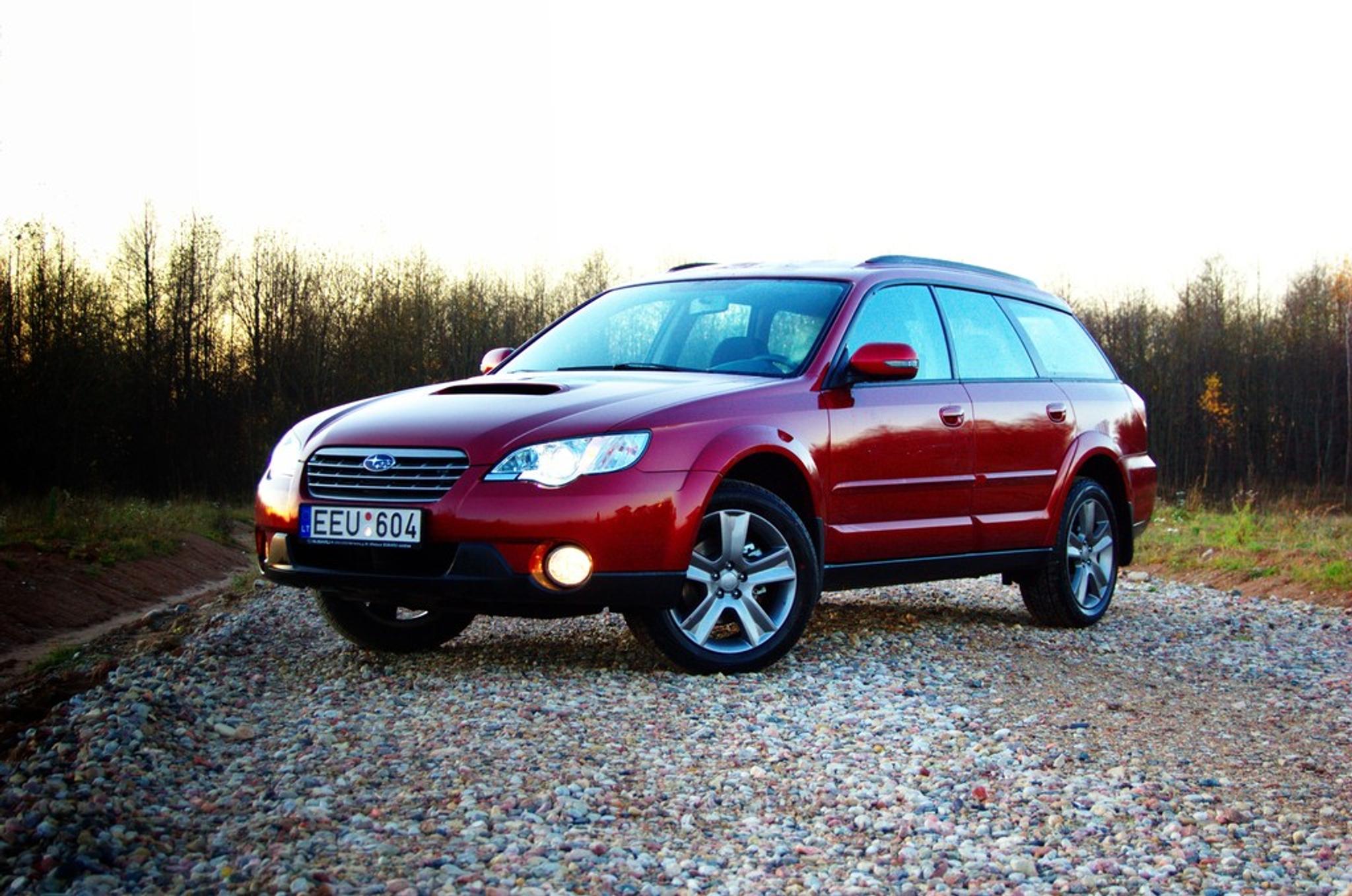
- Engine codes: EE20
- Models fitted with this engine: Subaru Outback, Subaru Forester, Subaru Legacy, Subaru Impreza
Subaru is one of few manufacturers that started producing diesel engines late in their timeline. Subary had a different approach than most because they wanted to retain the traditional boxer engine layout.
The 2.0-liter boxer diesel engine felt great, although it's slightly rev-thirsty compared to conventional diesels. Unfortunately, some of the first-generation motors were troublesome.
The injectors didn’t last long, and this boxer diesel was known for its excessive oil soot formation. Owners of Subaru 2.0-liter diesel engines have also reported that the particulate filter needs more attention than normal.
Subaru took care of their reputation and fixed all the issues upon warranty but after it expired, these motors were too expensive to live with. Due to the boxer design, it’s complicated to access some of the specific engine parts. If you really want that extraordinary diesel boxer unit, make sure you go for the Euro V standard one.
16. Volkswagen 2.0 PD TDI (2004-2010)
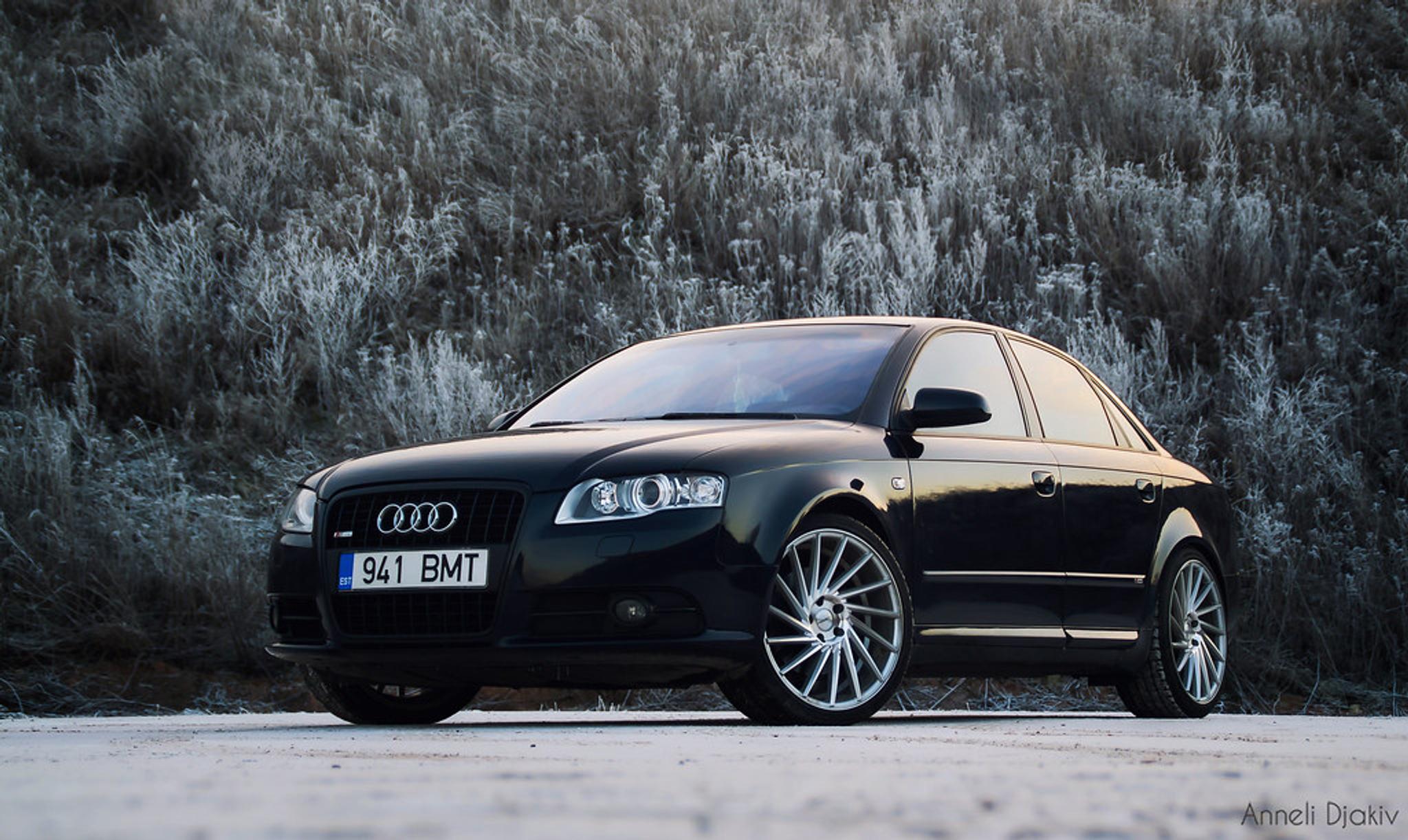
- Engine codes: EA188 with piezo injectors
- Models fitted with this engine: Audi 8P A3, Audi B8 A4, Audi B7 A4, Audi C6 A6, Jeep Patriot 2.0 CRD, Škoda Octavia, SEAT Leon Mk2, Škoda Superb, VW Jetta Mk5, Volkswagen Golf Mk5, VW Passat B6, Volkswagen Touran
Volkswagen’s 2.0 PD TDI 16v made its debut in the Passat B6 and people hoped it would replace the legendary 1.9 TDI engine. While it was better in terms of refinement, the engine had some serious drawbacks.
The 2.0 PD TDI engine with dual overhead camshafts had issues with the turbocharger, dual-mass flywheel, and electronics. And that was just the start of the problems. Various sources say that the Bosch injection system is slightly less troublesome than the one made by Siemens. However, the worst part of this engine lies in its balancing shafts mechanism. Unlike the 1.9 PD TDI, which had a single balancing shaft, the newer motor had two of them.
A relatively high gear ratio (twice as fast as the crankshaft rotation) tends to mess up the life of one of the most important elements of any engine – the somewhat fragile oil pump. With a damaged oil supply, 2.0 PD TDI motors will inevitably break and ask for a costly repair.
15. Toyota 2.2 D-CAT (2005-2015)
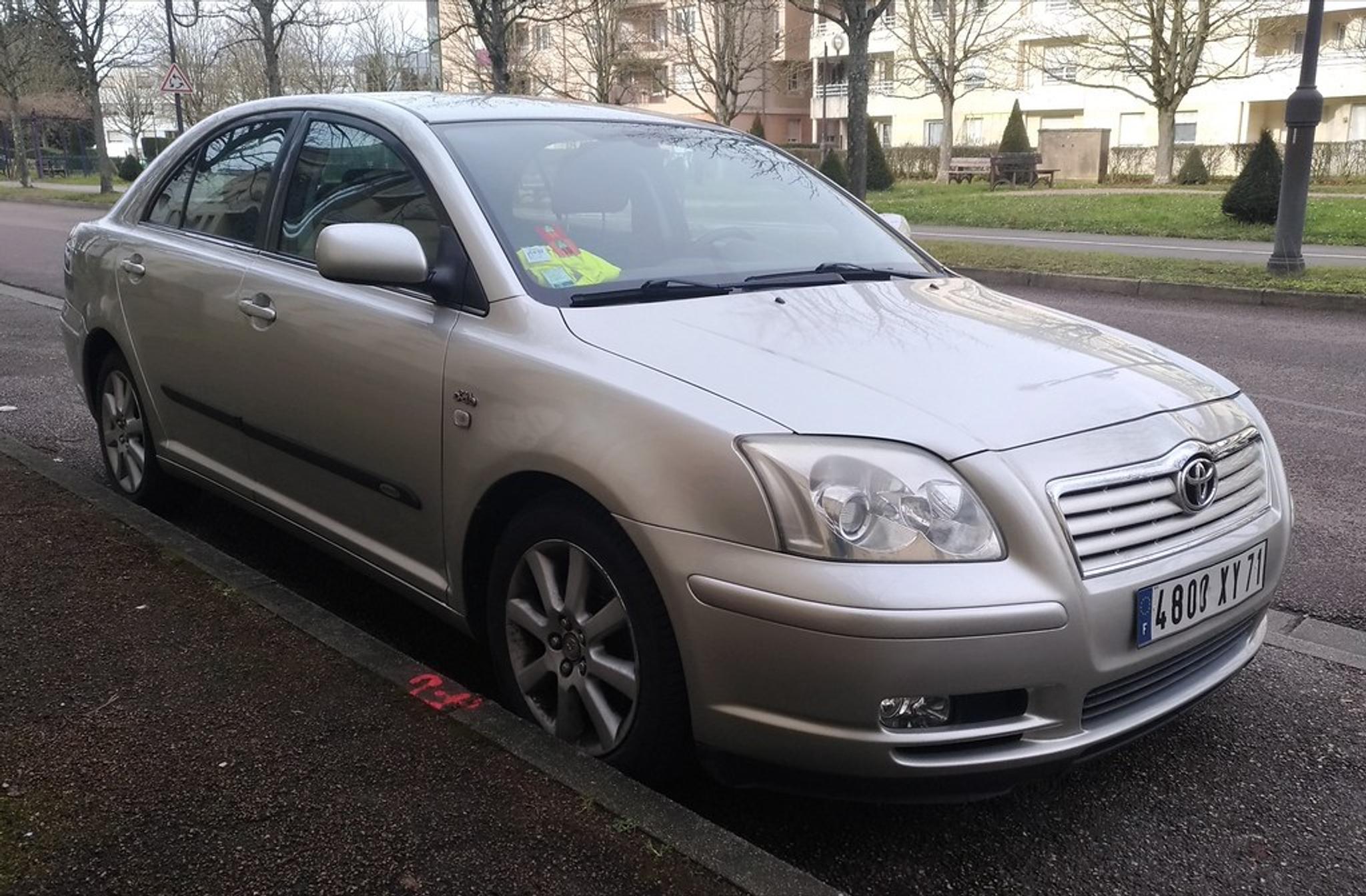
- Engine codes: 2AD-FHV
- Models fitted with this engine: Toyota Avensis 2.2 D4-D / D-CAT, Toyota Corolla Verso 2.2 D4-D, Toyota Auris 2.2 D-CAT, Toyota RAV4 2.2 D4-D / D-CAT, Lexus IS 220d
Toyota didn’t aim to produce powerful average-sized diesel cars for a long time but with the debut of the 2.2 D-CAT engine, the Japanese manufacturer finally stepped into the game. With 177 hp and 295 ft-lb (400 Nm) of torque, it offered the strongest punch in conventional size Toyota cars. However, this big punch caused big issues.
If you spot a D-CAT engine-equipped car, it will likely remind you of a factory chimney. These engines are known for their severe fumigation, which results in clogged diesel particulate filters.
Another strange quirk of this particular engine lies in the material used as a seal between the head and the block. You need to replace the head upon its removal in some cases, as it can have big marks of seal left.
D-CAT engines can be found in some Toyota models but the manufacturer also decided to put it under the bonnet of the only diesel-powered Lexus – the IS220. It could’ve been a great car, but this bad engine has ruined it.
14. Saab 2.0 and 2.3 Turbo (1990-2010)
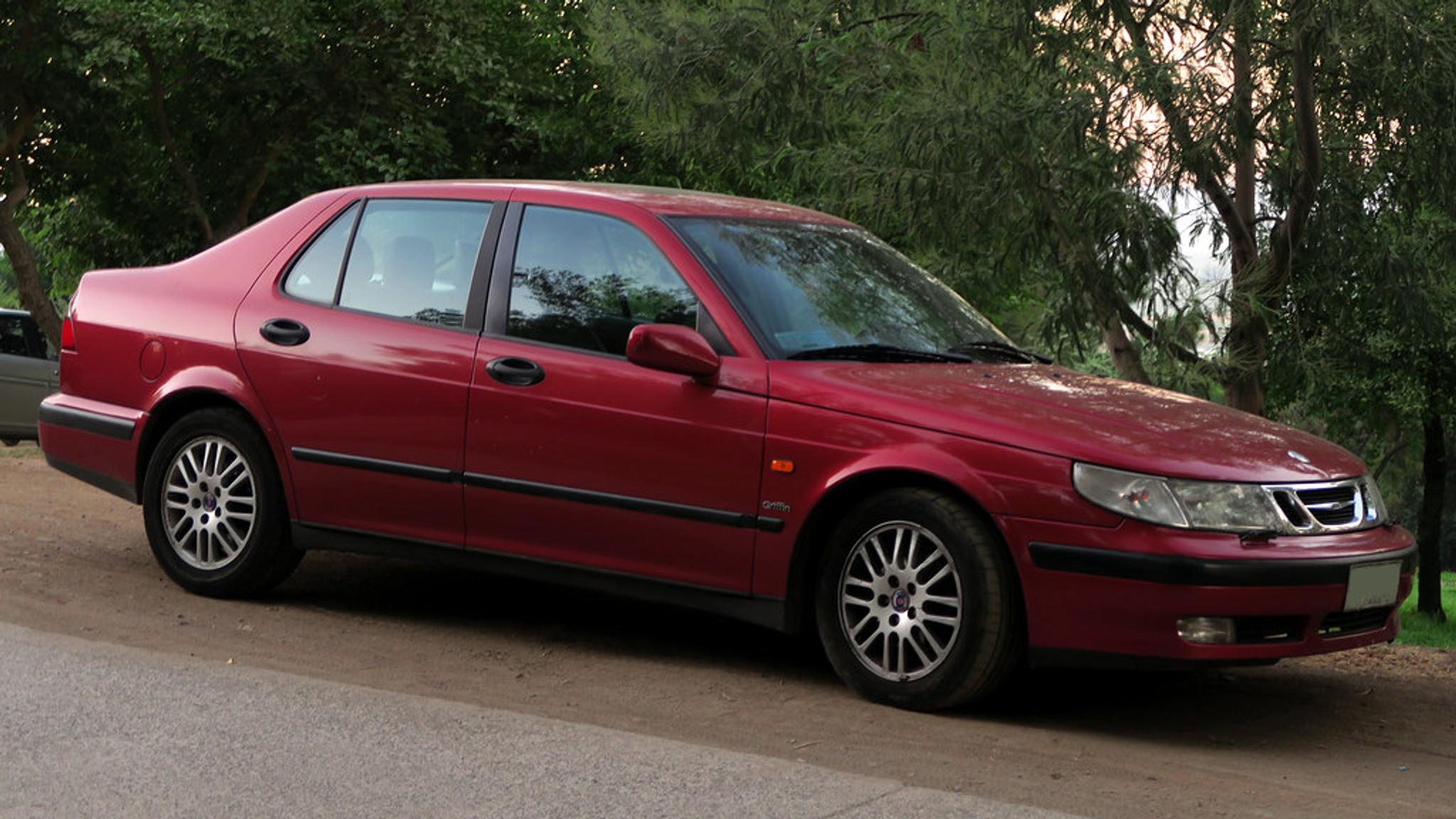
- Engine codes: B204, B234
- Models fitted with this engine: Saab 900, Saab 9-3, Saab 9-5
Driving a fast Saab may be fun but the car will likely spend some time in a workshop. While B204 and B234 engines are not the worst choice, people owning cars with these engines must be patient and expect to open their wallets often.
Due to the poor heat management, the front of the engine block may start overheating. The thermal insulation of the turbocharger is terrible, which makes things even more complicated. High levels of temperature can cause the crankshaft bearings to move off their designated place, causing great damage to the whole engine.
It’s also extremely important to change oil as often as possible, since the design of both 2.0-liter and 2.3-liter turbo engines causes oil sludge formation.
13. Renault 2.2 dCi (1999-2009)

- Engine codes: G8T, G9T
- Models fitted with this engine: Renault Laguna II 2.2 dCi, Renault Vel Satis 2.2 dCi, Renault Espace IV 2.2 dCi, Renault Master II 2.2 dCi, Nissan Interstar 2.2 dCi T35, Opel Movano 2.2 DTI
The 2.2 Renault dCi engine offers an outstanding balance of power and fuel economy, although at the cost of reliability. One of the most common failures of this particular engine is its weak head gasket, which can cause the coolant to leak and eventually end up in the overheated engine.
Many people have reported fuel injectors being faulty and expensive to repair. Take this into account, as injectors are sensitive to fuel quality.
Renault recommends changing the oil every 18,000 miles (30,000 km). However, there are proven records that used cars equipped with Renault 2.2 dCi engines require far more attention than the manufacturer stated many years ago. It’s recommended to change your oil and filters twice as often – at least every 9,000 miles (15,000 km).
12. Fiat 1.3 MultiJet 1st generation (2003-2009)

- Engine codes: Z13DT, Z13DTH, Z13DTJ, D13A, FD4, 199 A3.000, 169 A1.000, A9.000 223, 199 A2.000, A9.000 188, 188 A9.000, A8.000 188, 223 A9. 000, 199 A9.000, A1.000 169, 199 B2.000
- Models fitted with this engine: Alfa Romeo MiTo, Fiat 500, Fiat Fiorino, Fiat Punto / Grande Punto, Fiat Idea, Fiat Linea, Fiat Palio, Fiat Panda, Fiat Qubo, Fiat Strada, Fiat Doblo, Fiat Siena, Ford Ka II., Lancia Musa, Lancia Ypsilon, Opel Corsa, Opel Corsa, Opel Astra, Opel Combo, Opel Meriva, Opel Tigra TwinTop, Suzuki Ignis, Suzuki Splash, Suzuki Swift, Suzuki SX4
One of the worst modern Italian engines is a small 1.3-liter diesel unit from Fiat – a proven oil-o-holic. Even though the manufacturer required an oil change every 30,000 miles (50,000 km), some of the heavier cars suffered even after 20,000 miles (32,000 km).
Many users have reported that this compact diesel engine consumes oil like there is no tomorrow. In addition to this, the first-generation MultiJet engines tend to break their timing chain. And if that’s not enough, the coolant may easily find its way into the cylinders.
During the colder months, moisture condenses in the intake manifold after the engine is turned off and eventually freezes. The ice may enter the combustion chamber and cause serious damage the next time the engine is started.
11. Opel 2.2 16v Ecotec (2000-2006)
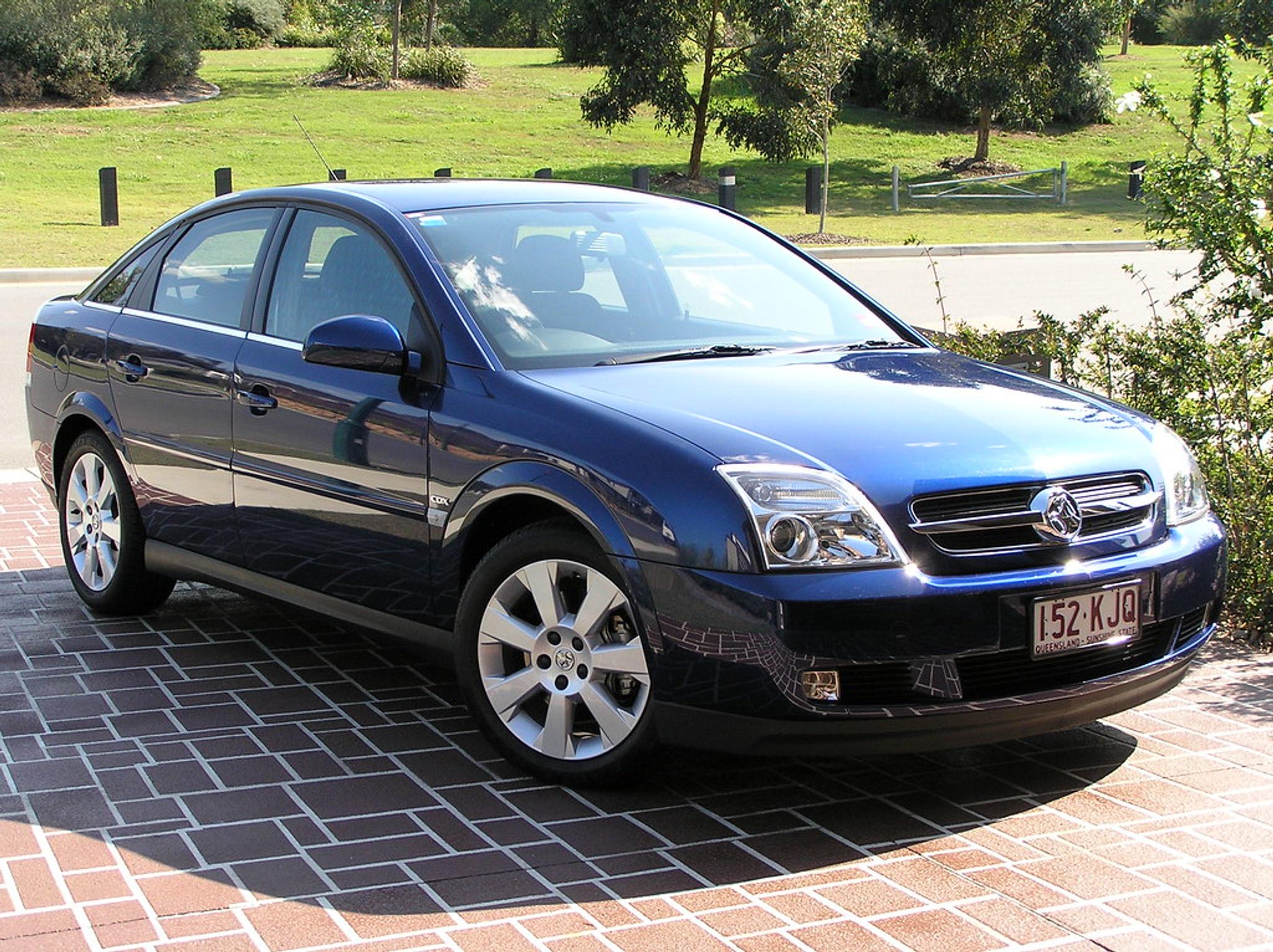
- Engine codes: Z22
- Models fitted with this engine: Opel Vectra, Opel Signum, Opel Zafira, Chevrolet Cavalier, Fiat Croma, Alfa Romeo 159, Opel Speedster, Saturn Vue, Pontiac G5, Chevrolet Malibu, Chevrolet Cobalt
Opel's 2.2-liter four-cylinder Ecotec X22 engines are equipped with timing belts instead of chains and are easy to maintain. However, you should avoid the tricky Z22 engines for several reasons.
First and foremost, because of a complex timing system, the tensioner of this particular engine may wear out too soon or even tear off. Things get even worse when you combine this with a faulty injection system.
The largest four-cylinder Ecotec engine made it to the list of the worst engines because of excessive fuel consumption. Opel buyers should take this as a bold notice, even though the name of the engine suggests that it’s supposed to be eco-friendly.
10. Isuzu 3.0 V6 D-MAX (2002-present)

- Engine codes: P9X, Y30DT, Z30DT
- Models fitted with this engine: Saab 9-5, Opel Vectra, Opel Signum, Renault Vel Satis, Renault Espace
The 3.0-liter V6 Isuzu engine, commonly used in various Renault models, is a fast lane to financial bankruptcy.
Poor cabling quality, unreliable Denso injectors, and a weakly-engineered cooling system are among the common faults of this engine. The latter usually gets easily soiled and clogged, leading to considerable mechanical damage.
Even though this engine causes the most problems to the owners of Saab and Renault models, the same engine in Opel cars is more reliable.
9. BMW / PSA 1.6 Prince (2006-present)

- Engine codes: EP6, EP6C, EP6DT, EP6DTS, N14B16A, N12B16
- Models fitted with this engine: Peugeot 207 Sport, Mini Cooper, Mini One, Peugeot 208, Peugeot 2008, Peugeot 308, Peugeot 3008, Peugeot 508, Citroen C4, Citroen DS3, Citroen DS4, Citroen C3, Citroen C3 Picasso
The 1.6-liter PSA (Peugeot-Citroen) engine co-produced with BMW is tricky to maintain if assembled from 2006 to 2010. These motors were often called VTi or THP, and primarily saw use in various models of Peugeot, Citroen, and Mini.
The weak point of this compact four-cylinder engine lies deep in the timing system. Usually, 1.6-liter Prince-powered vehicles have their timing chains loose over time, making the engine not as smooth as it was designed to be.
Turbocharged versions suffer from soot, which leads to unpleasant jolting or noticeable loss of power.
8. BMW N63 4.4 Biturbo (2008-2012)
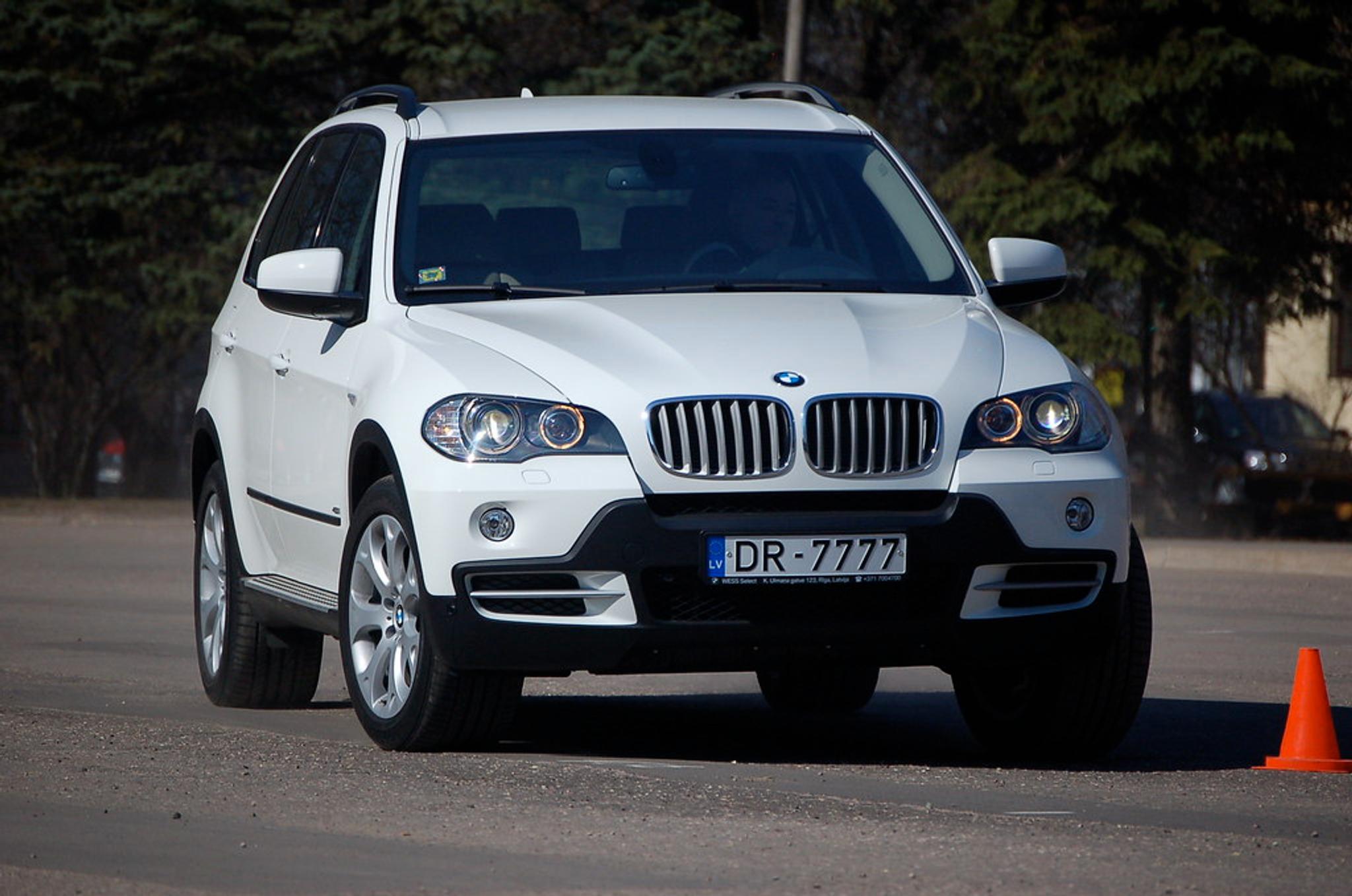
- Engine codes: N63B44
- Models fitted with this engine: BMW 5 series, BMW 6 series, BMW 7 series, BMW X5, BMW X6
Get a V8, they said. It will be fun, they said. However, modern BMW V8s have serious reliability issues, such asa weak cooling system.
The source of the problem lies in two turbochargers that sit right between the cylinder rows. Even though this engineering solution granted a great packaging benefit for BMW, both turbochargers produce excessive amounts of heat, which isn't managed correctly.
Combine this with a common water cooling system failure in these turbochargers and you’ll get a pair of overheated cylinder heads. In that case, say goodbye to the variable valve control and tje camshafts, or meet and greet your new neighbor – a fat repair bill.
N63 V8 engines are also known for their problems with stretching timing chains and leaking injectors. The latter issue can cause severe damage to the cylinders, as some drops of petrol can wash the oil from the cylinder’s walls. A few cold-starts later, the compression may be a thing of the past. BMW revised this engine in 2012, so most of these problems are likely gone in cars assembled from 2013.
7. Alfa Romeo 2.0 TwinSpark 16v (1995-2010)

- Engine codes: AR 67204, AR 32301
- Models fitted with this engine: Alfa Romeo 155, Alfa Romeo GTV (Type 916),Alfa Romeo Spider (Type 916), Alfa Romeo 145, Alfa Romeo 146, Alfa Romeo 166, Alfa Romeo 156, Alfa Romeo 147, Alfa Romeo GT.
There are plenty of Alfa Romeo fans out there. However, they should all carefully choose an engine when buying a Romeo. Even if you've found a great-looking Alfa, make sure to check the condition of the TwinSpark 16 valve unit, especially if you're going for the 2.0-liter option.
2.0 TwinSpark engines are fragile and highly dependable on the oil change intervals and the quality of oil.
Alfa Romeo fans should be aware that these engines are full of character and must be treated gently in cold conditions. Not being properly warmed up,TwinSpark motors may break down following quick acceleration. Make sure you’re not in a hurry in the early morning – a dead engine is definitely not something you want at the start of your day. Also, change the timing belt every 35,000 miles (56,000 km).
6. VW 1.2 TSI (2011-present)

- Engine codes: EA211
- Models fitted with this engine: Volkswagen Golf, Volkswagen Jetta, Volkswagen Passat, Škoda Octavia, Skoda Rapid, Škoda Superb, Audi A3, Audi A4
While many vehicles in the Volkswagen Group are equipped with 1.2 TSI petrol engines, we would advise to avoid them because of timing chain issues.
The 1.2 TSI engines are considered reliable up to 150,000 miles (241,000 km). However,the timing chain tensioner failure may occur between 20,000 and 40,000 miles (32,000 and 64,000 km).
Moreover, the test of time has revealed another problem: the timing chains can get stretched, causing great damage and steep repair bills. Luckily, Volkswagen has a wide range of other engines to choose from.
5. Mazda 1.3 Renesis (2004-2012)

- Engine codes: 13B-MSP
- Models fitted with this engine: Mazda RX-8
Mazda has been known for its extraordinary rotary engines from the golden ‘80s to the recent naughties. The 1.3-liter Renesis engine used in Mazda RX-8 could deliver a similar amount of power to bigger engines. However, there are more things required for the engine to be identified as a great one.
If there was a championship of the worst engines in the history of the automotive industry, this particular 1.3-liter Renesis motor would be a serious contender. Having fewer moving parts, these motors were supposed to be much more efficient. Mazda engineers have often highlighted various qualities of their engine, such as less friction and more power. In reality, rotaries are thirsty both for fuel and oil, reminiscent ofan old-school two-stroke engine.
Serious wear of apex seals usually causes significant compression loss, resulting in big power loss. Some sources say that the lifespan of this particular standard rotary engine is close to 40,000 miles (64,000 km), although the biggest fans of Mazda engineering can extend it.
Yet, another tricky part is your car’s maintenance. It’s quite a challenge to find yourself a workshop capable of servicing this charismatic yet troublesome motor.
4. BMW 2.0 (2007-2012)

- Engine codes: N47D20
- Models fitted with this engine: BMW 118d / 120d / 123d, BMW 318d / 320d, BMW 520d, BMW X1 18d / 20d / 23d, BMW X3 18d / 20d
A noticeable rattle in diesel engines is one of their most significant features. However, some engines rattle more than others, and this is especially the case when it comes to the family of BMW N47 engines.
One of the reasons these motors are so loud and deserve their place on the list of worst engines is significant timing chain wear and almost inevitable failure. N47 engines offer excellent power delivery with little fuel. However, saving money on fuel this way may eventually result in a steep repair bill, as the timing chain wears out quickly and can cause collateral damage.
This catastrophic failure is odd, because the engine control unit switches to limp mode when the timing chain gets worn out. The lesson here is simple: if you go for a BMW, make sure the infamous N47 four-cylinder diesel doesn’t power it.
3. Nissan 1.5/1.8 (1999-2006)
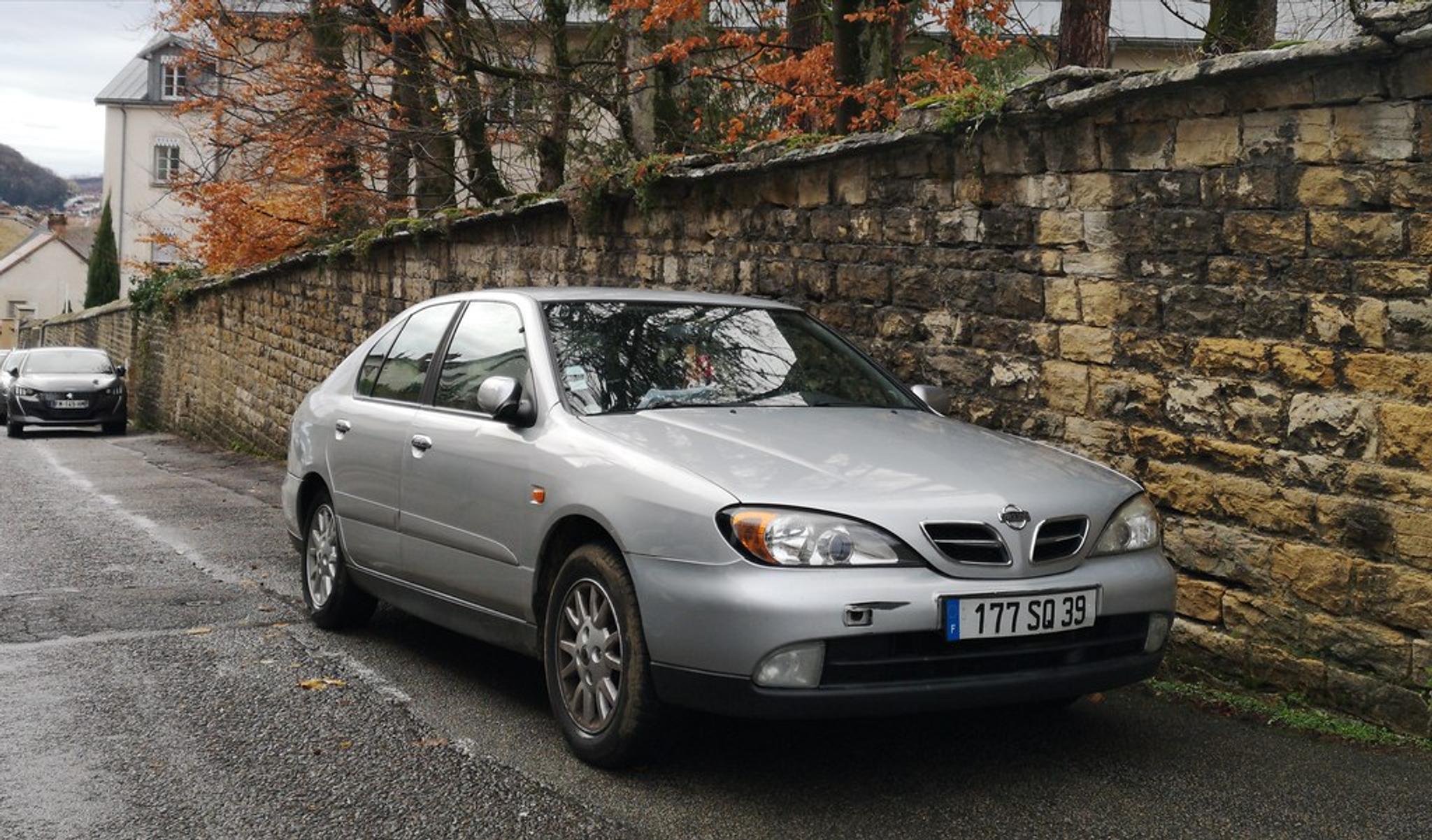
- Engine codes: QG15DE,QG18DE
- Models fitted with this engine: Nissan Almera, Nissan Primera, Nissan Pulsar, Nissan Sentra, Nissan Sunny, Nissan Expert, Nissan Avenir
Japanese engines are known for their above-average durability, and tend to use timing chains to reduce maintenance. However, not all of them are reliable. Especially, if we’re talking about Nissan's 1.5-liter and 1.8-liter QG engines.
Due to their wear-prone piston rings, these engines annoy drivers with an immoderate need for oil. The oil consumption rate exceeds 1 l/1000 km, and sometimes even 1.5 l/1000 km. And that's not the worst part. The oil sump holds less than 3 l, so engine failure can be simply a matter of time.
Nissan replaced these faulty engines with new ones during the warranty period. Aside from that, there’s little that can be done. Repair costs will be high, so repairing this engine just doesn't make any sense.
2. Toyota 1.8 VVT-i (1999-2007)

- Engine codes: 1ZZ-FE
- Models fitted with this engine: Toyota MR2, Toyota Corolla, Toyota Avensis, Toyota Celica, Toyota Caldina, Toyota Vista, Toyota Premio, Toyota Matrix XR, Toyota Allion, Toyota Opa, Toyota Isis, Toyota Wish, Toyota WiLL VS, Chevrolet Prizm, Pontiac Vibe, Lotus Elise
Toyota's 1ZZ-FE was a 1.8-liter inline four-cylinder gasoline engine from the ZZ engine family. It was first introduced in 1998 and kept in production until December 2007.
This engine was primarily available in front-wheel-drive vehicles, such as the Toyota Corolla and Celica GT, and rear-wheel-drive cars such as the MR2 Spyder. While it was used in many Toyota models, it’s one of the most unreliable Toyota engines ever manufactured.
High oil consumption is a common issue in 1ZZ engines, caused by a flaw in the design of oil piston rings. While they were revised and improved in 2005, it didn’t help to change the engine’s reputation.
1. Volkswagen 1.4/1.6 FSI (2001-2008)
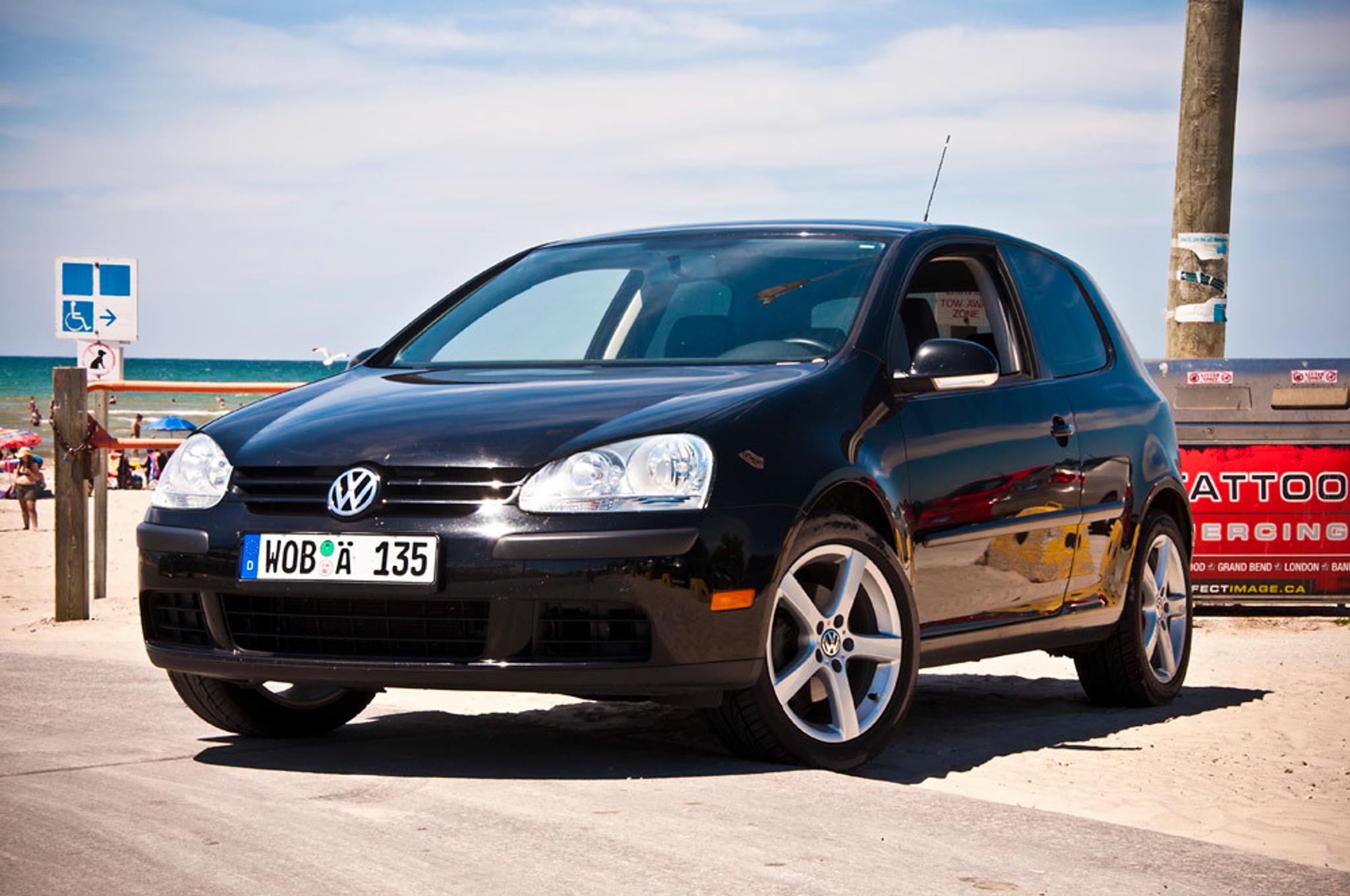
- Engine codes: BAG / BLF / BLP
- Models fitted with this engine: Audi A3 Mk2, Škoda Octavia Mk2, Volkswagen Golf Mk5, Volkswagen Jetta Mk5, Volkswagen Eos, Volkswagen Touran, Volkswagen Passat B6
Volkswagen has been manufacturing durable, economical, and quiet 1.4-liter and 1.6-liter petrol engines for a very long time. Owners of many of these engines could also install LPG equipment to lower maintenance and fuel costs. Simply brilliant.
However, in the early 2000s, the company decided to offer customers more advanced and efficient engines that could power different types of vehicles.
The new engines developed a similar amount of power compared to older engines, while, theoretically, consuming about 0.5 l/100 km less fuel. However, the fuel efficiency wasn’t as great as expected and the new generation engines were not friendly with the gas equipment.
The biggest issues, however were carbon deposits in the intake system and valves, faulty and expensive sensors, and timing chains. As a result, these engines had exceptionally terrible durability from the start of production. Considering these engines were fitted to budget cars, four-figure high repair bills are simply unacceptable.
Get a car history report to distinguish good and flawed offerings
Engines are highly complex pieces of engineering that require ongoing maintenance. The more thoroughly an engine is maintained, the longer it will last and require less investment in the long run. In fact, the same can be said about any component in your car.
Maintaining a vehicle demands commitment and some financial investment, particularly if you want to keep your car in excellent shape. Yet, in the world of used cars, there's no shortage of vehicles that might resemble Frankensteins.
Typically, once a vehicle has changed hands more than 3 times or its mileage surpasses the 100,000-mile mark, the level of quality and maintenance attention tends to plummet. Worse still, over time, the vehicle will turn into a nightmare to own, demanding constant attention.
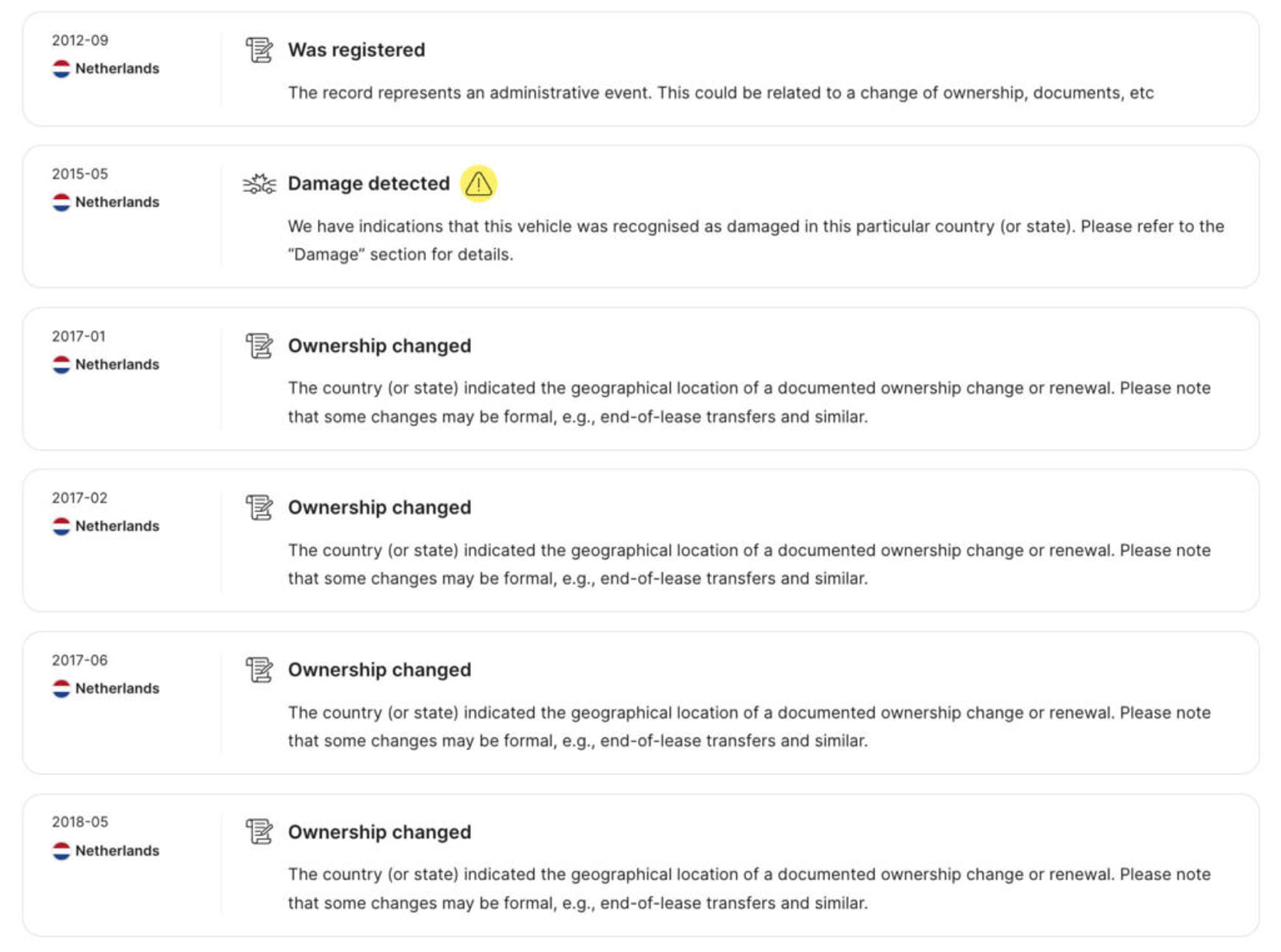
That's precisely why inspecting a vehicle's history is crucial. It's a necessary step to find a car with a clean history and in good condition.

Check your VIN
Avoid costly problems by checking a vehicle's history. Get a report instantly!
How to make your engine more reliable?
In truth, there may be hundreds or even thousands of reasons. However, most problems occur for one reason: poor engineering.
While you can’t influence engineers' decisions, every vehicle owner can take initiative to extend the life of their engine. Here are simple and valuable tips that will help you prolong or, at least, prevent unexpected engine failures:
